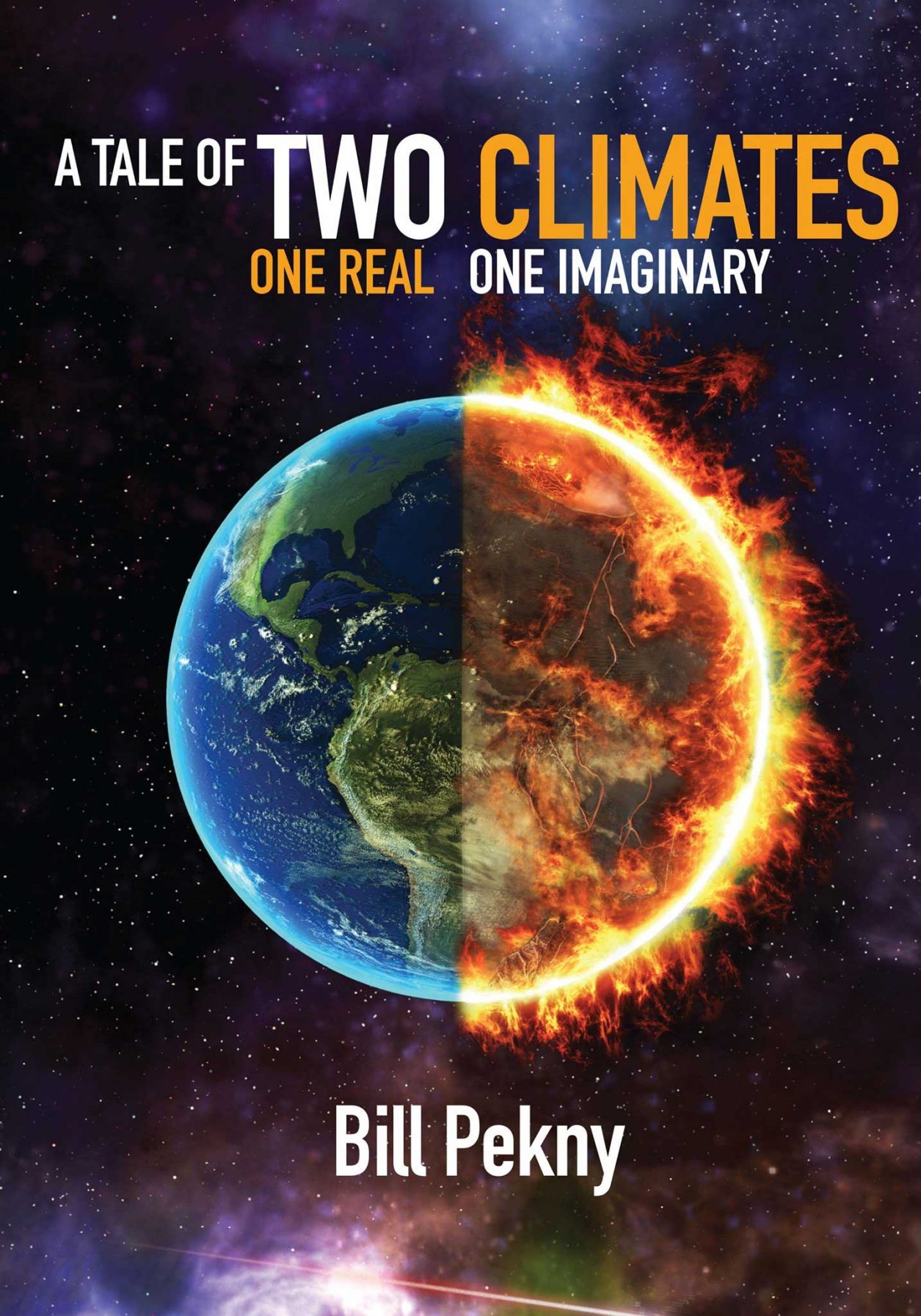Heading into the 2021 Atlantic hurricane season (June 1–November 30), there is a lot of fear that these types of storms are getting more frequent and more severe. Many folks believe that warming oceans will mean more energy for these storms to absorb, which will translate to stronger and more destructive hurricanes when they make landfall.
While this might make sense in theory, climate science is much more complicated in practice. The relationship between storms and temperature is not that simple. Plus, other things have changed that create the impression that hurricanes have gotten worse.
One of the biggest changes is the level of property damage caused by hurricanes. But that’s because development has dramatically increased in tropical areas. When you measure the severity of hurricanes in financial terms, and you’re building more and more expensive structures, it makes sense that property damage dollars will go up.
My interest in hurricanes and severe storms began as a kid, continued as a graduate student in Meteorology at the Florida State University, and then flourished as a radar meteorologist in my first job with the U.S. Navy Weather Research Facility, during the 1969 hurricane season.
What’s changed in 75 years? Not the storms, but the monitoring technology.
Tropical cyclones go by different names in different parts of the world. In the North Atlantic, Caribbean, Gulf of Mexico, and Eastern Pacific they are called hurricanes. In the Western Pacific region, they are typhoons, and in the Indian Ocean region, they are simply cyclones.
I have been watching and tracking these types of storms in various roles for more than 50 years, and in that time they haven’t changed much. With respect to the storms themselves, nothing has changed. What has changed, however, is our satellite and radar technology, and consequently our ability to track and measure these storms globally.
Prior to 1945, visual observation of tropical cyclones was spotty at best. Ships at sea and observers on land were the only ways to track tropical cyclones. And the handful of ships at sea provided the only way to be warned before these big storms made landfall.
Since then, airborne observation by Navy, Air Force and NOAA Hurricane Hunters have dramatically improved position tracking and warning of these storms and hinted at their severity.
What we’ve learned by watching storms for almost 50 years.
The most significant improvement in tracking and warning arose from the deployment of geo-stationary weather satellites during the 1970s and 1980s. In parallel, the development and deployment of long-range and pulsed Doppler RADAR instrumentation enabled the measurement of tropical cyclone severity as well as further enhanced tracking capabilities.
Even though there are ups and downs from time to time and region to region, when you add up all of the trends, the net change in global tropical cyclone frequency from 1970 to 2020 is zero.
Improved global scale monitoring and data collection over the last half century shows that the climatic trend in tropical cyclone frequency is flat. And, the severity of these giant storms has not increased either. In fact, the severity, or amount of energy the storm carries, has been trending downward since reliable data became available.
So why does it seem like storms are causing more damage?
While these storms are not getting worse, they have gotten more expensive. This is not a result of more powerful storms, however, but because we continue to build more and more high-dollar homes, hotels, and resorts in high risk coastal areas. When hurricanes do make landfall, they naturally create more property damage with higher price tags.
In other words, the real culprit is more development, not more hurricanes. People just conflate these two issues. Where and how we build is the “human” factor that determines the cost to life and property. We can’t control the storms, but what we can do is have productive conversations about how to prepare for them.
 Bill Pekny is the author of A Tale of Two Climates: One Real, One Imaginary. He holds physics M.S. and B.S. degrees from Georgia Tech and DePaul University, plus graduate study in physical meteorology and numerical analysis at Florida State University and the University of Utah, and a visiting scholar appointment at the Ginzton Laboratory of Applied Physics at Stanford University. Bill’s career in science spans over 50 years in the U.S. Armed Forces and the aerospace industry. His career highlights include: Project Stormfury with the U.S. Navy Hurricane Hunters; applied atmospheric physics and meteorology research; LASER RADAR development; new product testing in various atmospheric environments; aviation optics and electronics; global climate research; and more. For more info: www.twoclimates.com.
Bill Pekny is the author of A Tale of Two Climates: One Real, One Imaginary. He holds physics M.S. and B.S. degrees from Georgia Tech and DePaul University, plus graduate study in physical meteorology and numerical analysis at Florida State University and the University of Utah, and a visiting scholar appointment at the Ginzton Laboratory of Applied Physics at Stanford University. Bill’s career in science spans over 50 years in the U.S. Armed Forces and the aerospace industry. His career highlights include: Project Stormfury with the U.S. Navy Hurricane Hunters; applied atmospheric physics and meteorology research; LASER RADAR development; new product testing in various atmospheric environments; aviation optics and electronics; global climate research; and more. For more info: www.twoclimates.com.
A Tale of Two Climates: One Real, One Imaginary (Two Climates LLC, 2020, ISBN: 978-1-73493-960-6, $34.59) is available from major online booksellers.

















